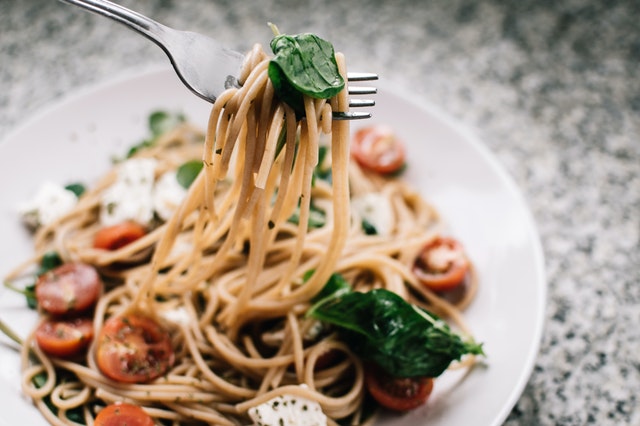Boxed pastas offer the benefit of convenience, but there is nothing like the taste and texture of fresh noodles to really bring out the flavors in your favorite dishes. Making your own pasta might seem intimidating, but it is quite easy once you learn the ropes. These do’s and don’ts will help you get started on making fresh homemade pasta from scratch.
Do Gather Your Materials Beforehand
Mise en place is a phrase that you’ll often hear used in French cooking, and this simply refers to having everything in place before you start. Making pasta requires very few tools other than a rolling pin, a fork and some muscle power. However, some people prefer to use a standing mixer to combine the ingredients. You might also want a pasta roller and stand to finish off your recipe. Think about how you prefer to cook, and set everything up for success.
Don’t Overlook the Importance of a Proper Ratio
Even with a solid recipe, the results for your pasta depend upon multiple factors such as the humidity in your environment along with the type of flour that you use. Even the size of the eggs can change how the recipe turns out. This is why many chefs at a meal prep service New Jersey residents rely on use a ratio for the ingredients based upon the weight. A good rule of thumb to start with is to use 3 parts flour to two parts eggs. You’ll learn how to adjust the ingredients to suit the factors that change in your kitchen with experience.
Do Set Aside Time for Kneading
After the dough is mixed, you’ll need to spend at least 10 minutes kneading it to get the right texture. As you knead, you can look for signs that the dough is getting close to ready such as seeing the flour is mixed in and that it feels smooth and has a good amount of elasticity. Professional pasta chefs know when the dough is properly kneaded based upon how it feels. This is where practice and experience goes a long way toward making proper pasta dough.
Don’t Rush the Process
After you knead the dough, you’ll want to let it rest. Resting the dough gives the flour a chance to fully absorb the eggs so that it develops the proper consistence that you need for rolling and cutting it into the right shapes. Pasta dough should rest for at least 10 to 30 minutes, but you can let it sit for up to an hour for the best results.
Do Seek Out a Mentor
Not everyone has a good friend or older relative who can pass down their favorite recipe. Pasta-making is also more fun when you do it with others. You can arrange for a cooking class with our professional chef as part of our meal prep service and get one-on-one instruction or as a group. Starting out with the right skills lets you make faster progress in your ability to make perfect pasta every time.
Learning how to make pasta is a great way to hone your instincts in the kitchen. With time, you’ll begin to know exactly when to add a little more flour or go for an extra minute of kneading. Once you’ve perfected your pasta-making skills, you’ll be ready to move on to learning how to make homemade sauces that complement your delicious noodles.
